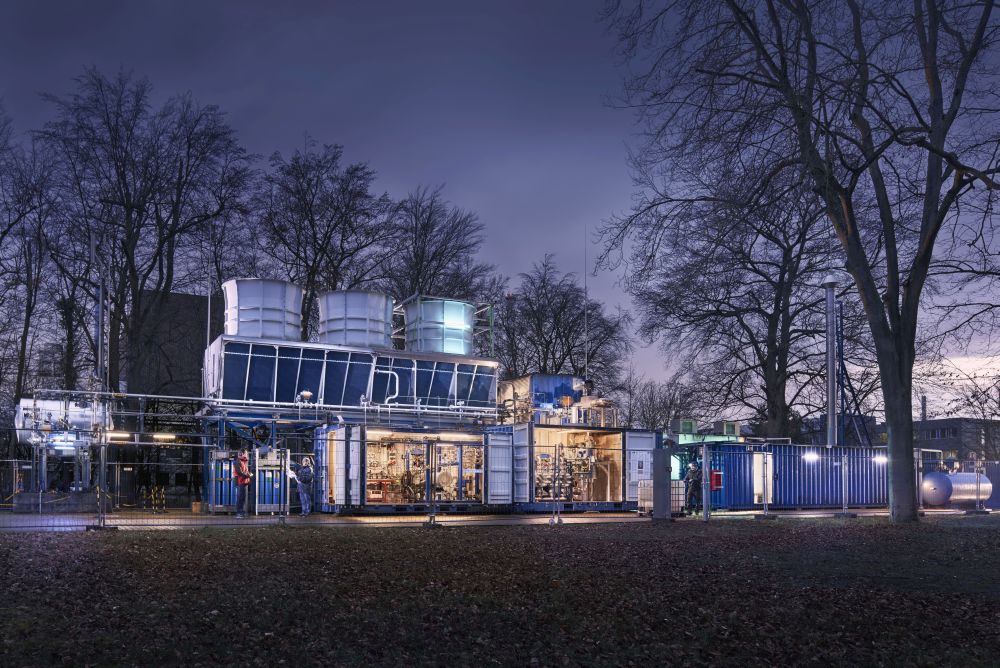The increasing demand for CO2 reduction is driving investment in ORC technology to utilize unused low-temperature heat sources such as geothermal energy, biomass and industrial waste heat. ORC enables the conversion of this heat into electricity and connects the heat sector with the electricity sector, resulting in a more efficient and sustainable energy supply.

Quelle: MARKET REPORT ON ORGANIC RANKINE CYCLE POWER SYSTEMS: RECENT DEVELOPMENT AND OUTLOOK C:WIELAND Proceedings of the 6th International Seminar on ORC Power Systems, 2021
Overall, the global potential of waste heat is considerable. By capturing and utilizing this otherwise wasted energy, we can improve energy efficiency, reduce greenhouse gas emissions and promote a more sustainable approach to energy consumption across different sectors.
